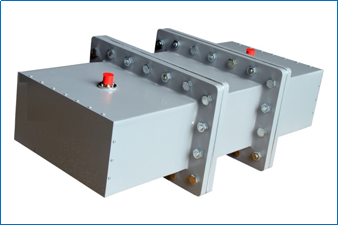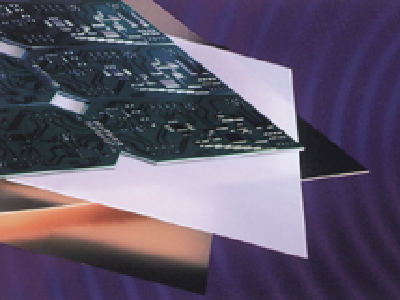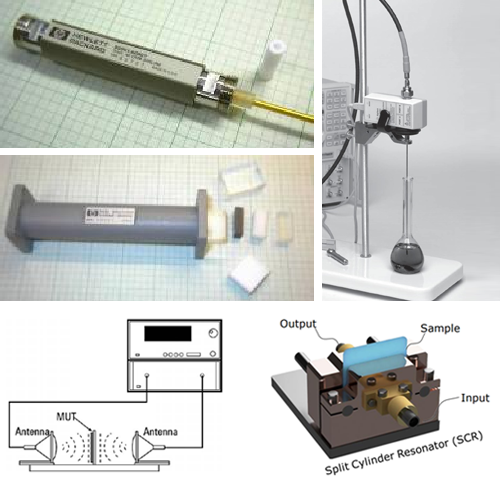- Home
- Product
RF & Microwave Test
- Spectrum & Signal Generator
- Spectrum & Signal Analyzer
- Vector Network Analyzer
- Phase Noise Analyzer
- Radar Echo Generator
General Test
Data Communication Test
- Layer2~7 & TSN Protocol Tester
- Network Security Tester
- Network Emulator
- AI Datacenter Test System
- Timing Synchronization Tester
- Network Traffic Processor
Digital Baseband Test
Wireless Communication Test
- Wireless Tester
- Multi-UE Emulator UEE
- 4G/5G Core Network Tester
- Wireless Channel Emulator
- WiFi/Bluetooth/UWB/Zighee Tester
Solution
Service
- Cases
- News
About Us














 +86 18988756718
+86 18988756718 WeChat
WeChat